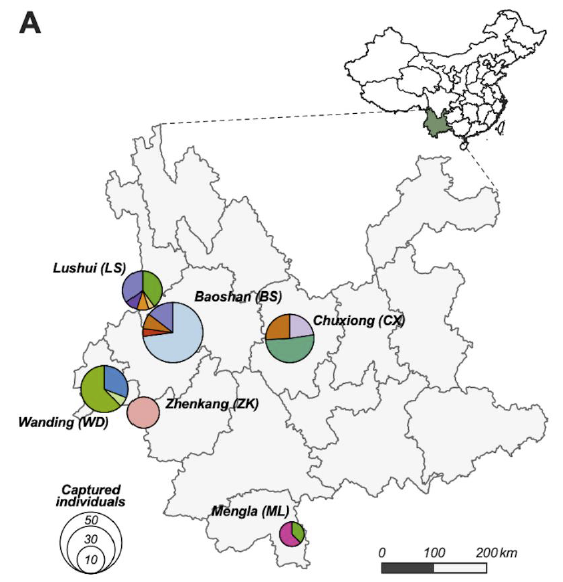
🇦🇹 Representative genomic surveillance of SARS-CoV-2 in Austria. This is our analysis run number 100, so I would like to start by thanking the entire SARSeq team. One hundred successful analysis rounds straight is an amazing achievement, congratulations to everyone!
1/
1/

With @LCochella and @yelagandula_ram we initiated the task of nationwide surveillance of SARS-CoV-2 in an academic setting in response to the Alpha variant. A great collaboration between #AGES @agesnews, @IMPvienna and @IMBA_Vienna/@oeaw. And a big responsibility!
2/
2/

This collaboration of health authorities and academia showcases the innovative power and value of academic institutions that stepped in in response to the pandemic. Globally such solutions were rather the rule than the exception, so big shoutout to all my colleagues worldwide!
3/
3/
Let’s get to the data of analysis week 50. The new variants are taking over fast. Currently we see ~33% BA.5 including BF.7.
BQ.1* lineages are dominant now at ~50%, and the BA.2.75-derived lineages make up for ~11%. In addition, we see recombinants XAY*, XBB*, XBC.
4/
BQ.1* lineages are dominant now at ~50%, and the BA.2.75-derived lineages make up for ~11%. In addition, we see recombinants XAY*, XBB*, XBC.
4/

There is really a soup of expanding lineages currently, shown here extrapolated to absolute reported cases. Needless to say: The extrapolation to officially reported cases is a gross underestimation.
5/
5/

However, it should be mentioned that also sewage monitoring notices a flattening of the curve recently. Viral interference -directly or indirectly- by people (kids!) being sick at home with RSV, Influenza, and Rhino?
abwassermonitoring.at/dashboard/
6/
abwassermonitoring.at/dashboard/
6/

Of the BQ.1 lineages the fastest growth is observed for BQ.1.1 with a deletion of spike 144 (BQ.1.1.10/20). This is likely because in near-complete immune evasion of the receptor binding domain this mutation helps immune evasion of the N-terminal domain of spike.
7/
7/

In fact, if you go back to the plot above you will notice that there was no lineage since BA.5 that displayed such a rapid expansion. The faster the growth relative to previous lineages, the more total cases a lineage can produce once it is dominant.
8/
8/

Of the BA.2.75 daughters CH.1.1 grows the fastest and within Austria with a head start in the region of Vorarlberg (shown are cases relative to total cases). Both fast lineages therefore seem to be coming from the West. But CH.1.1 is not quite as fast as BQ.1.1+144del.
9/
9/

There is something else to say about CH.1.1: We continue to detect Spike_P681R in it. This position is important for cell-cell fusion and thus tissue damage, amino acid “H” in Omicron made the virus “milder” the “R” in Delta made things worse. Now we see “R” in Omicron.
10/
10/

Let’s hope it will not expand significantly and/or not show worse disease. (These data are missing.) But Spike_P681R has shown up in neighboring regions now either in single cases or in sewage. github.com/cov-lineages/p…
11/
11/

Expectedly, also the rate of Influenza A positive Covid patients in on the rise. Currently we are seeing ~0.9% of Covid patients with an Influenza A superinfection. We do not monitor RSV.
12/
12/

Next week will be the last report for 2022, then we are taking a break until 2023. Thank you for your continuous interest!
13/
13/
• • •
Missing some Tweet in this thread? You can try to
force a refresh


















